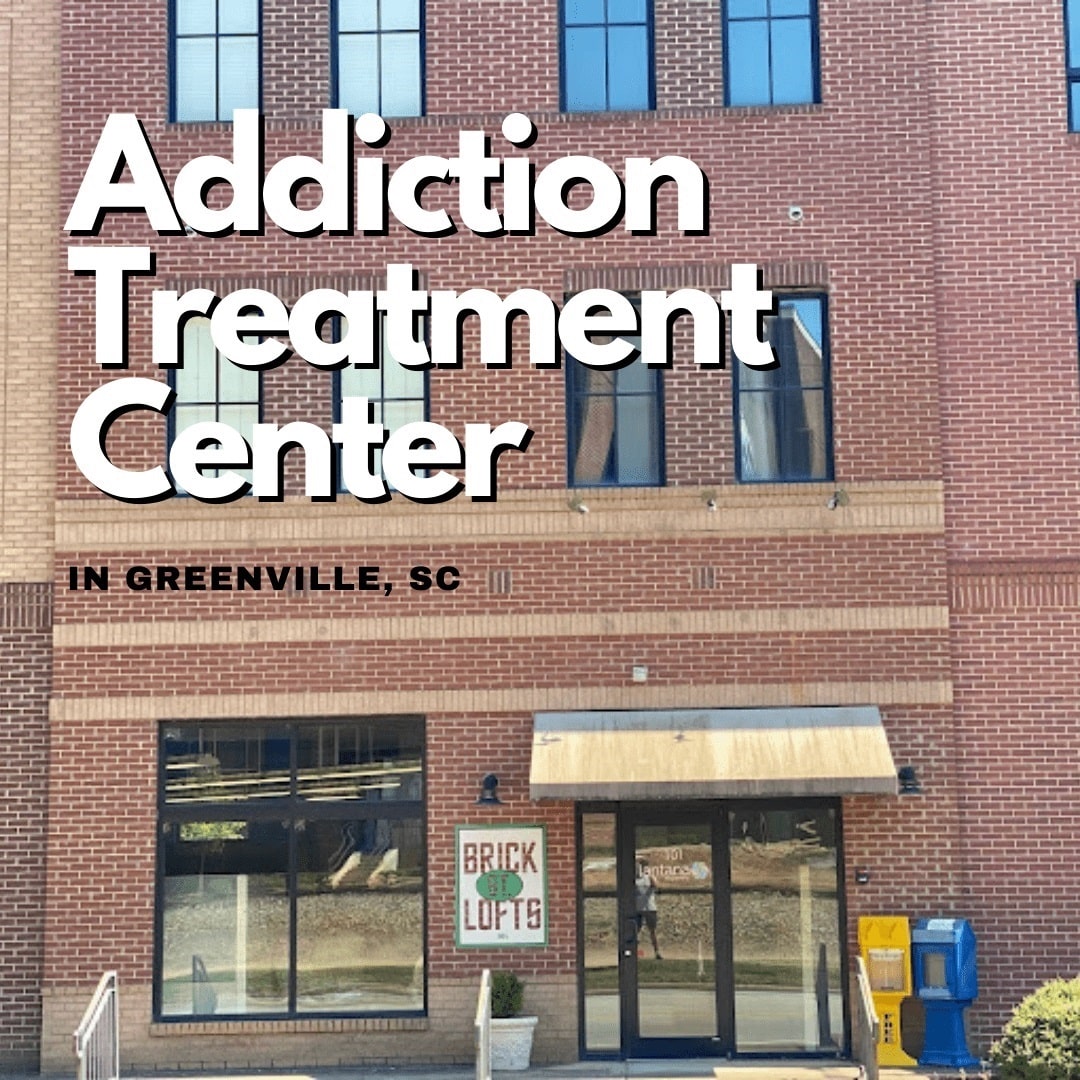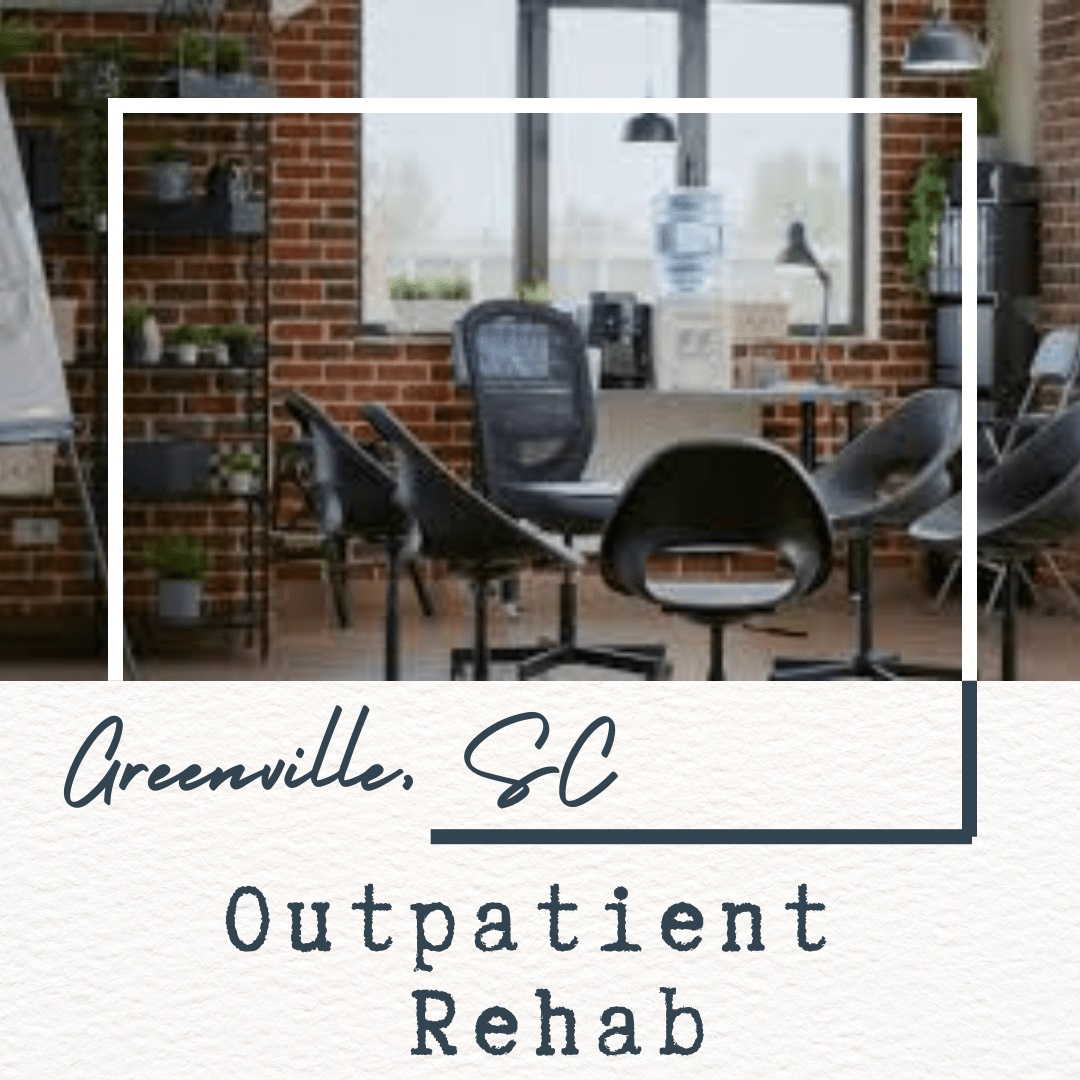
alcohol and drug treatment
Many factors can affect the length of drug treatment. These factors include the severity of their condition, their individual needs and how they respond to treatment. Some may only require treatment for a few days, while others may need treatment for several months. The type of treatment a person receives will depend on their needs and the recommendations made by their treatment team. The length of treatment is just one aspect of the healing process. After treatment, many people continue to receive support. Aftercare may include therapy, support groups, or other types of care.
Rehab centers for drug addiction can help people overcome their addiction and get lasting recovery. These centers' effectiveness can depend on many factors such as the type and level of treatment they provide, their level of engagement and support. Drug rehabilitation centers that have been accredited and use evidence-based methods, such cognitive-behavioral treatment and motivational interviewing, as well as providing a variety of support services such as counseling, support group, and aftercare planning, have been proven to be effective in helping people overcome their addiction and continue their recovery. It is important to research all options and choose a center that suits your goals and needs.
A combination of therapies and treatments is used in drug rehab programs. These include therapy, counseling, and detoxification. Support groups are also available. The type of rehabilitation a person is involved will determine the activities and treatments they experience.
